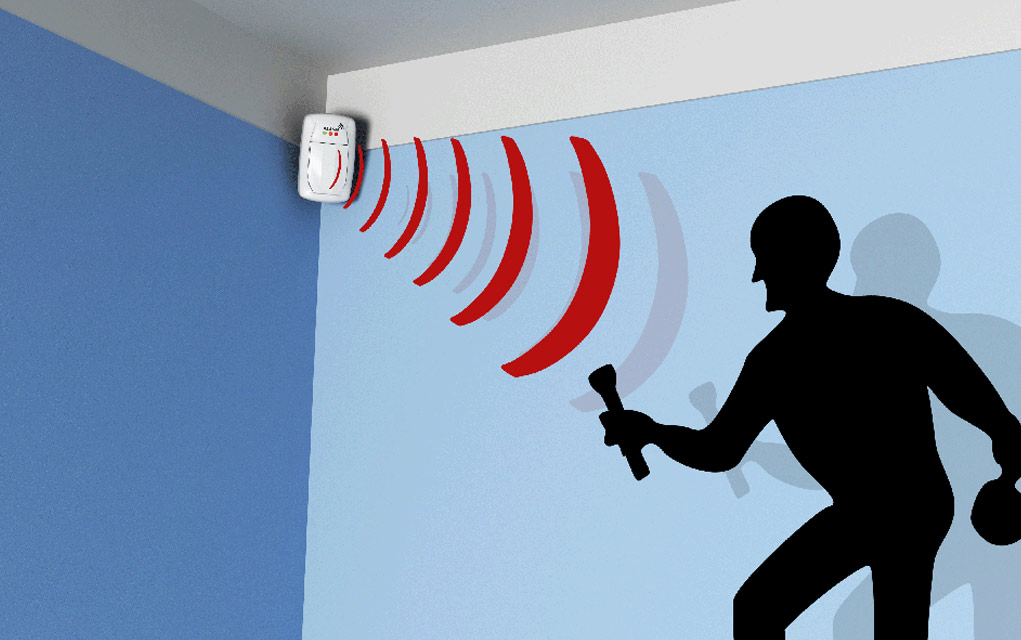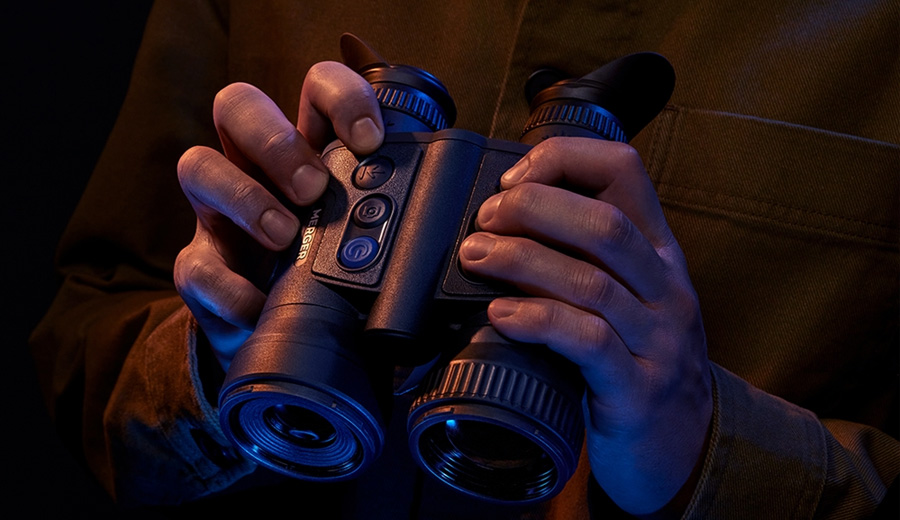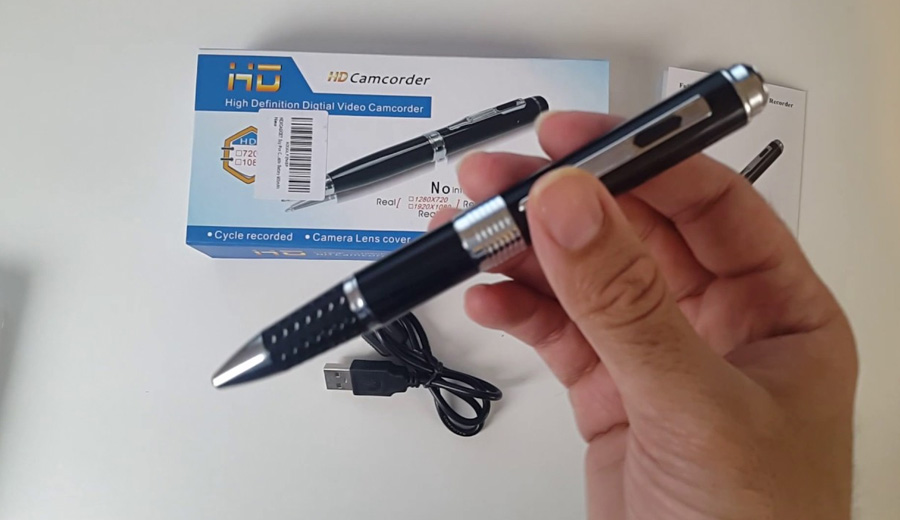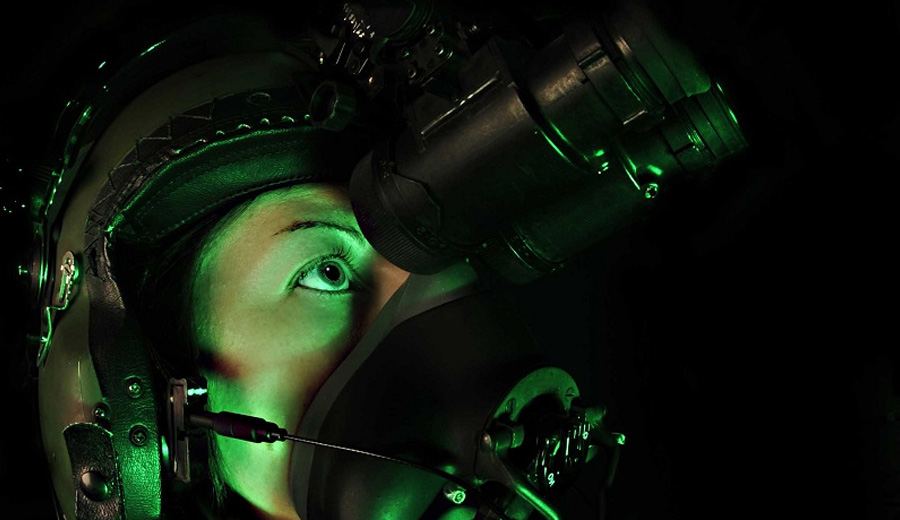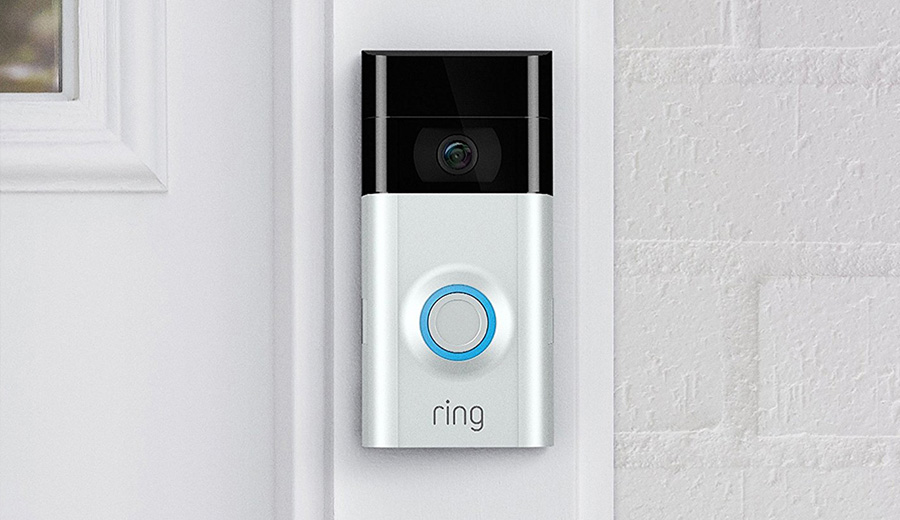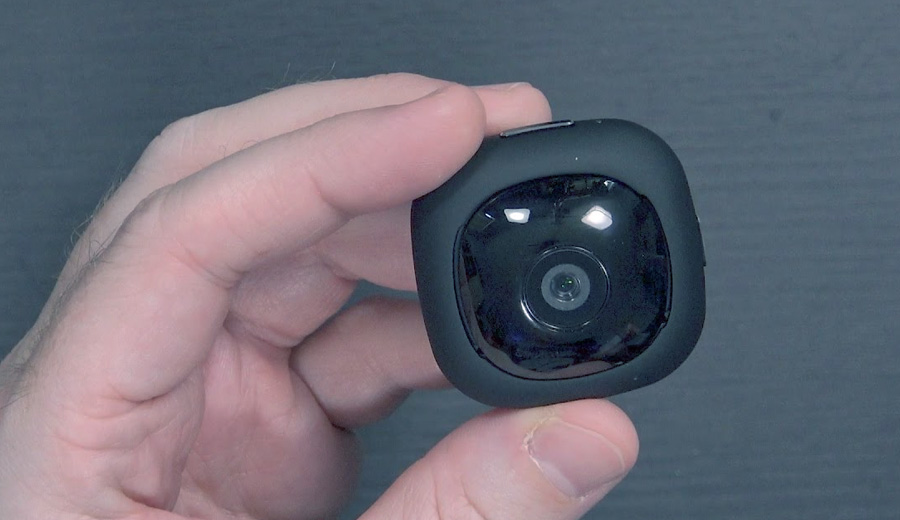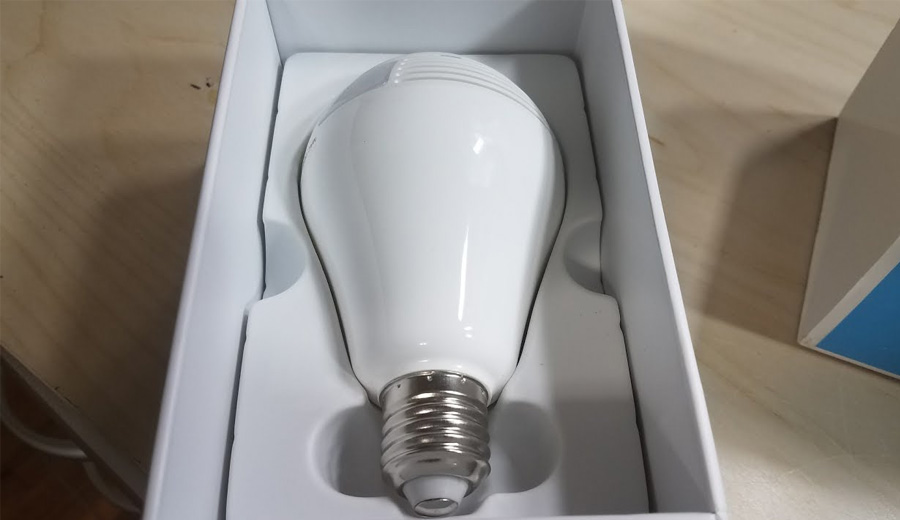Hidden cameras with motion detection are very popular these days. They allow businesses to save money on surveillance by activating and recording only when there’s motion on camera. Instead of wasting SD card/HD space on empty recording, you get only what you want – action on camera. So how do these motion activated cameras work? Well, we should start by saying that there are 2 types of motion sensors used in security camera systems:
- Active Motion Sensor – Sends out energy (sound waves). These waves then bounce back to the motion sensor. If there is no change, the waves bounce in and out. When someone passes them by, the bounced back wave pattern will be distorted and the sensor will have a reading of a ‘change’. After that, it gives a signal to the camera or alarm system to react.
- Passive Motion Detector – Also known as PIR (passive infrared sensors) are more commonly used in surveillance arena. These sensors measure infrared energy. Each living creature emits energy or heat, which is in this case calculated in micrometers. These sensors sense heat from 8 to 12 micrometers, while humans emit 9, 10 micrometers. When these sensors detect difference in heat, they trigger the alarm or send a signal to the camera to turn on and start recording.
When shopping for a motion detection spy camera or home alarm system you can consult further about which one fits better in your situation. Read more about motion detection cameras…

